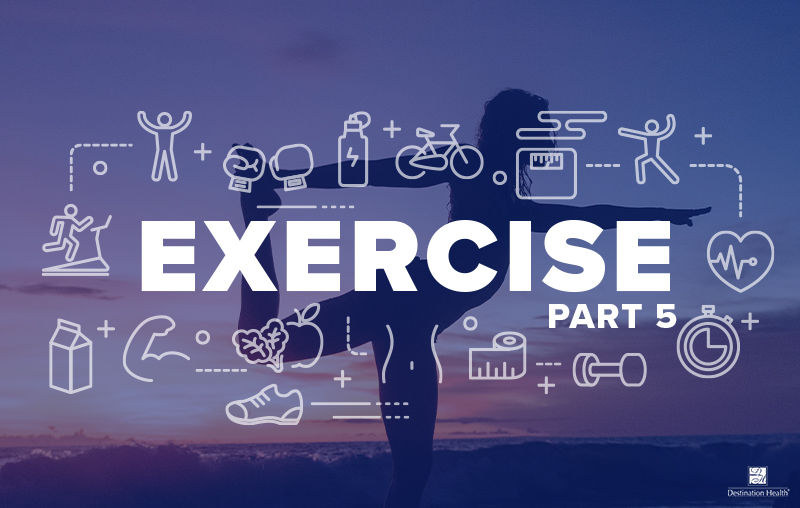
by Dr. Carl DuCharme | Feb 15, 2021 | Health
PART V: BALANCE Written by Dr. Carl DuCharme Did you know that worsening balance is not simply an inevitable consequence of aging? Balance refers to the ability to control and stabilize your body’s position. Many things can cause declining balance as...
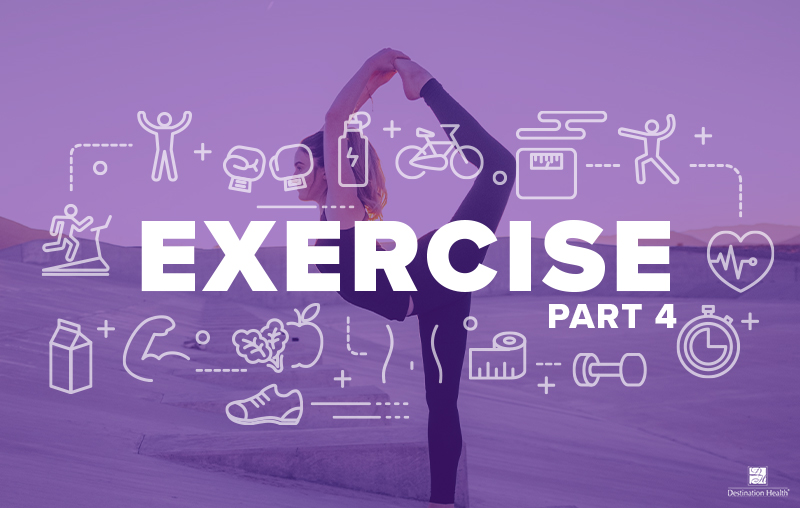
by Dr. Carl DuCharme | Feb 8, 2021 | Health
PART IV: FLEXIBILITY Written by Dr. Carl DuCharme Many people simply don’t know the health benefits associated with flexibility and therefore, forget to include stretching when performing exercise. Improved flexibility leads to better mobility, posture, range of...
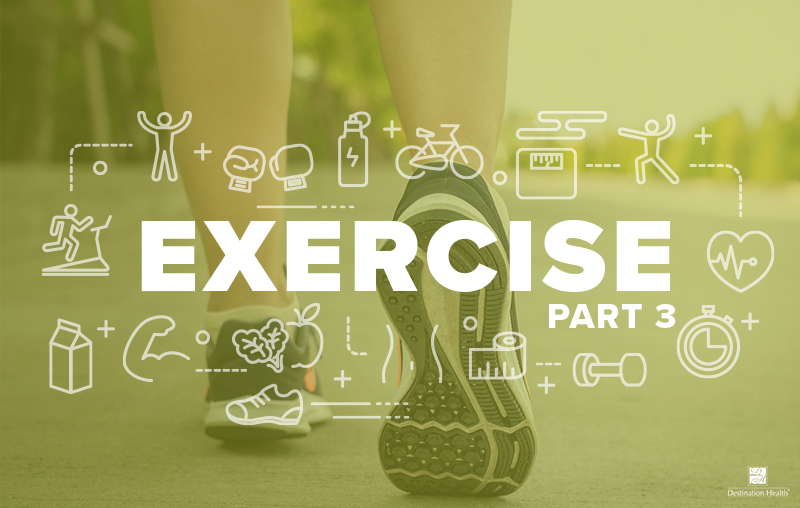
by Dr. Carl DuCharme | Jan 31, 2021 | Health
PART III: AEROBIC EXERCISE Written by Dr. Carl DuCharme During part III of our Exercise Series we define what aerobic exercise is, examine its health benefits and finally, explore how to implement it into our lives. According to Health.gov, about one half of Americans...
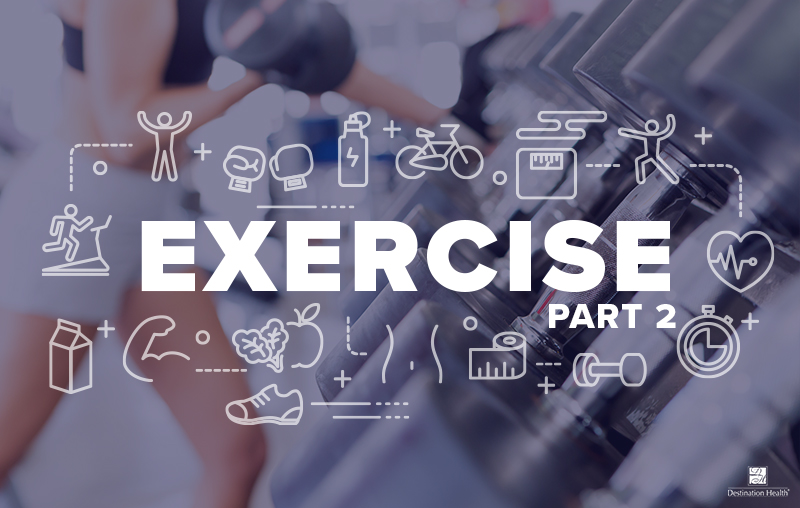
by Dr. Carl DuCharme | Jan 18, 2021 | Health
PART II: RESISTANCE TRAINING Written by Dr. Carl DuCharme In Part II of our Exercise Series we explore the multitude of benefits of resistance training and look at what current research has uncovered. Much of the literature and research that has been published has...
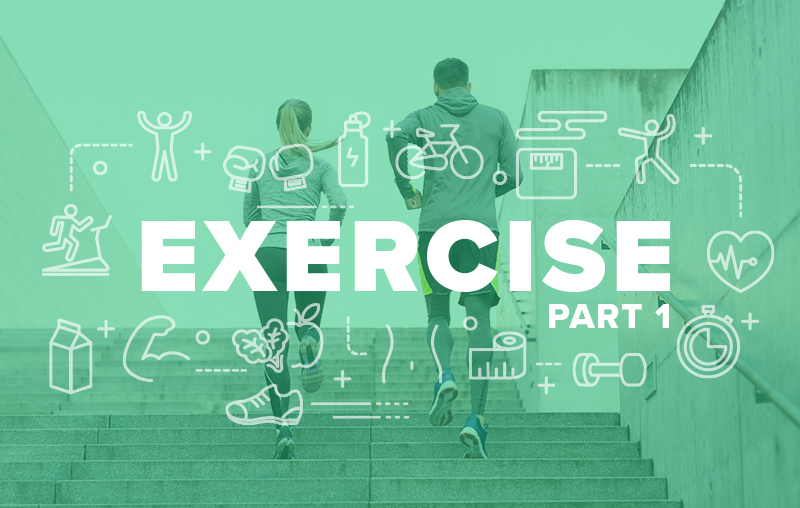
by Dr. Carl DuCharme | Jan 1, 2021 | Health
Written by Dr. Carl DuCharme What is exercise? Exercise is physical activity of moderate to vigorous intensity that has the intention of enhancing or maintaining physical health, fitness and overall well-being. A complete exercise regimen will contain 4 major...

by admin | Dec 9, 2020 | Health
It’s officially holiday season and with COVID-19 still present, it’s important now more than ever to do our best to stay healthy during this season. Doing things such as washing your hands, eating healthy, and staying active will help keep you and your loved ones safe...







